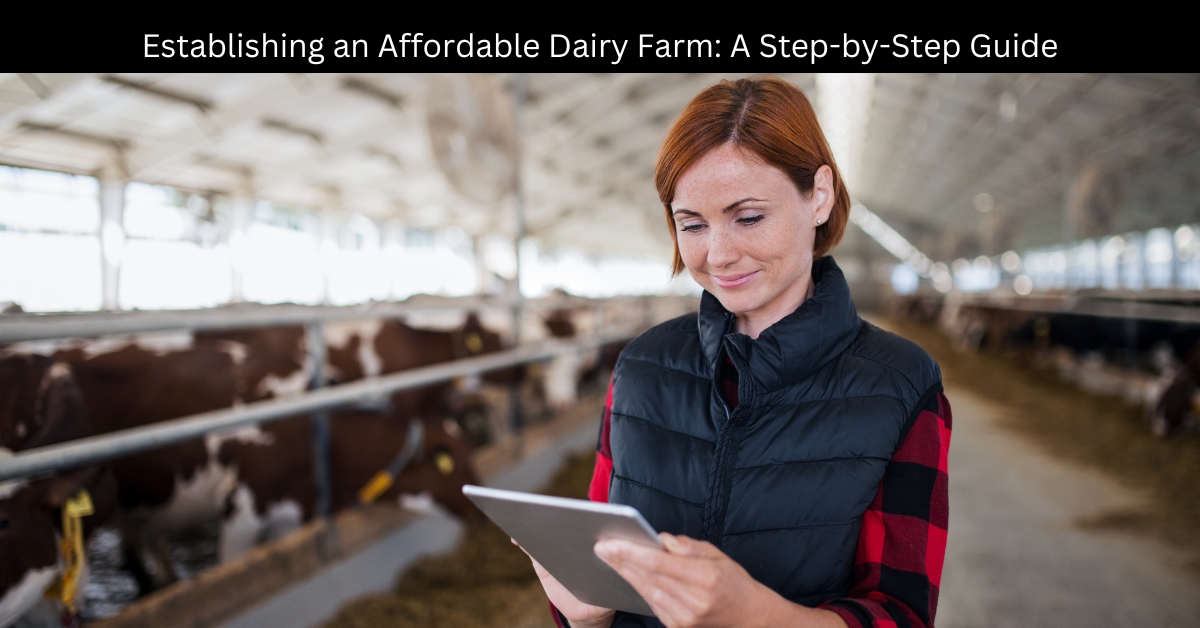Starting a dairy farm can be an exciting and rewarding venture, but it also requires careful planning and execution.
Whether you’re a seasoned farmer or a newcomer to the industry, creating an affordable and sustainable dairy operation is crucial for long-term success.
In this blog article, we’ll walk you through the key steps to establish an affordable dairy farm that can thrive in today’s competitive market.
Key Takeaways:
- Develop a comprehensive business plan that includes a SWOT analysis, target market identification, and realistic financial projections.
- Consult industry experts, experienced dairy farmers, and agricultural organizations to gain invaluable insights and guidance.
- Optimize your cropping and feeding program to ensure cost-effectiveness, nutrient balance, and efficient waste management.
- Gradually build your equity and financial stability by leveraging government subsidies, implementing sound financial practices, and diversifying revenue streams.
- Recognize the biological nature of dairy farming and adapt your operations to address animal health, breeding, and overall herd management.
- Tailor your approach to your unique circumstances, including local climate, available resources, and target market preferences.
- Prioritize your role as a skilled manager by cultivating leadership, decision-making abilities, and a commitment to continuous learning and improvement.
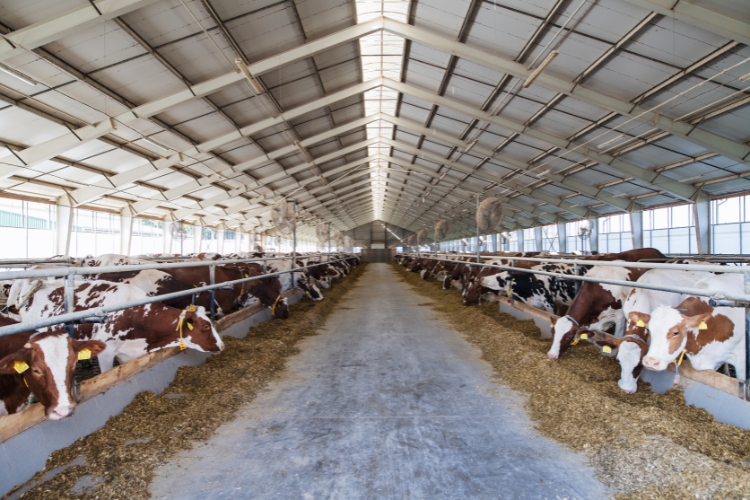
Develop a Comprehensive Business Plan
Laying a solid foundation for your dairy farm begins with a well-crafted business plan. This document will serve as your roadmap, helping you navigate the complexities of the industry and make informed decisions.
1. Conduct a SWOT Analysis
Start by conducting a thorough SWOT (Strengths, Weaknesses, Opportunities, Threats) analysis. This exercise will help you identify your farm’s unique advantages, potential challenges, market opportunities, and external factors that could impact your operations.
- Strengths: Consider your existing resources, such as land, facilities, and dairy herd, as well as your team’s expertise and experience.
- Weaknesses: Identify areas that need improvement, such as infrastructure, technology, or financial management.
- Opportunities: Explore potential growth opportunities, such as diversifying your product line, tapping into new markets, or leveraging government subsidies and programs.
- Threats: Assess external factors that could pose risks, such as market fluctuations, regulatory changes, or competition.
2. Determine Your Target Market and Production Goals
Based on your SWOT analysis, clearly define your target market and production goals. Who are your ideal customers, and what are their needs and preferences? What production levels can you realistically achieve with your current resources and planned investments?
3. Create a Realistic Financial Plan
Develop a comprehensive financial plan that includes your start-up costs, ongoing operational expenses, and projected revenue streams. Research funding options, such as loans, grants, or investor partnerships, and create a realistic budget that aligns with your goals and available resources.
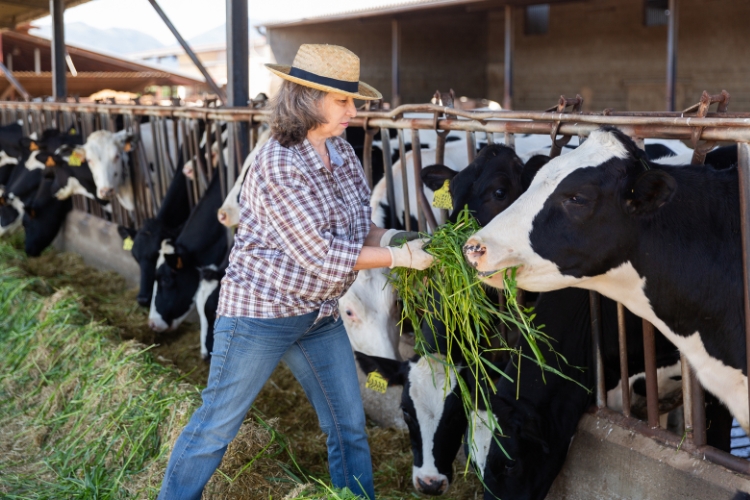
Consult Industry Experts and Resources
Navigating the dairy farming industry can be challenging, especially for newcomers. Seeking guidance from experienced professionals can help you avoid common pitfalls and make informed decisions.
1. Connect with Experienced Dairy Farmers
Reach out to established dairy farmers in your region and arrange for site visits or mentorship opportunities. These experienced individuals can provide invaluable insights into best practices, operational challenges, and strategies for success.
2. Engage with Agricultural Organizations and Extension Services
Explore the resources and support offered by agricultural organizations, such as your state or local dairy associations, as well as extension services. These entities often provide workshops, seminars, and one-on-one advisory services to help dairy farmers improve their operations.
3. Leverage Online Resources and Publications
Stay informed about the latest industry trends, technologies, and best practices by regularly consulting online resources, such as dairy farming blogs, forums, and industry publications. These can help you stay up-to-date and make more informed decisions.
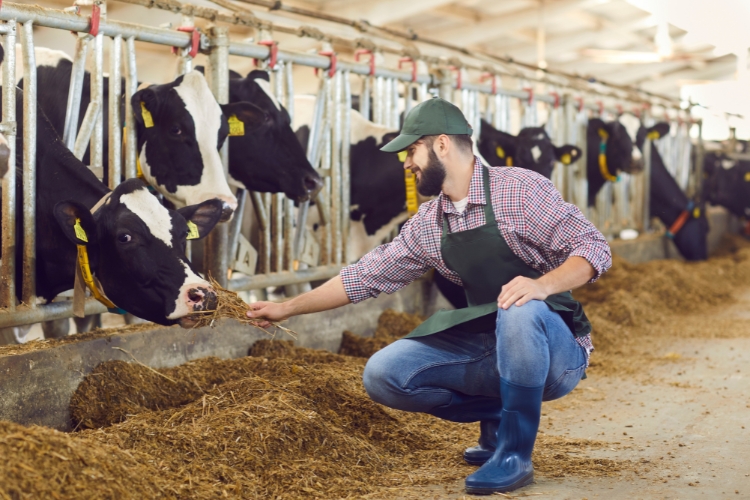
Optimize Your Cropping and Feeding Program
Developing an efficient and cost-effective cropping and feeding program is crucial for the long-term sustainability of your dairy farm.
1. Establish a Feed Management Plan
Carefully evaluate your herd’s nutritional requirements and explore options for cultivating or sourcing high-quality forage and supplementary feeds. Consider factors such as nutrient content, cost, and availability to create a balanced and cost-effective feeding program.
2. Implement Efficient Waste Management Strategies
Dairy farming generates a significant amount of waste, including manure, bedding materials, and wastewater. Develop a comprehensive waste management plan that minimizes environmental impact and maximizes the value of these byproducts, such as using them as fertilizers or generating renewable energy.
3. Explore Innovative Feeding Technologies
Stay up-to-date with the latest feeding technologies, such as precision feeding systems, automated feeding stations, and feed monitoring sensors. These solutions can help you optimize feed utilization, reduce waste, and improve the overall efficiency of your operations.
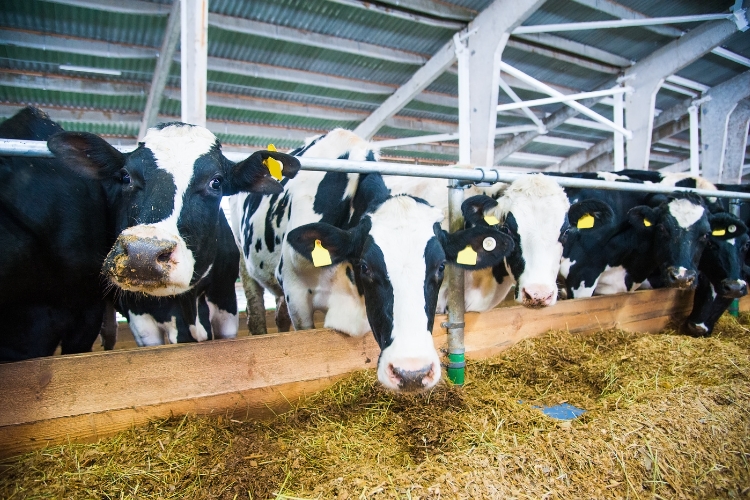
Build Your Equity and Financial Stability
Establishing financial stability is crucial for the long-term success of your dairy farm. Gradually expand your herd and infrastructure as your financial resources grow, and explore funding options to support your growth.
1. Investigate Government Subsidies and Grants
Research available government subsidies, grants, and low-interest loan programs designed to support dairy farmers. These can help offset the initial start-up costs and ongoing operational expenses, enabling you to build equity and financial resilience.
2. Implement Sound Financial Management Practices
Establish robust financial management practices, such as regular bookkeeping, budgeting, and cash flow analysis. This will help you make informed decisions, identify cost-saving opportunities, and ensure the long-term viability of your dairy farm.
3. Diversify Your Revenue Streams
Consider diversifying your revenue streams by exploring options such as value-added products (e.g., cheese, yogurt, or ice cream), on-farm agritourism, or renewable energy generation (e.g., biogas or solar power).
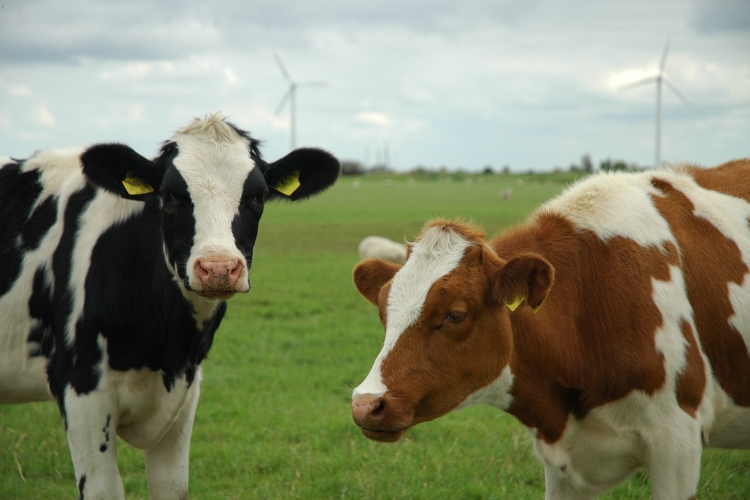
Understand the Biological Nature of Dairy Farming
Dairy farming is a complex biological system that requires a deep understanding of animal health, breeding, and welfare. Recognizing and adapting to the inherent challenges of this industry is crucial for success.
1. Develop Comprehensive Animal Health Protocols
Implement comprehensive animal health protocols that address disease prevention, vaccination schedules, and herd monitoring. Regularly consult with veterinarians to ensure the well-being of your dairy herd and maintain optimal productivity.
2. Optimize Breeding and Genetics
Develop a strategic breeding program that focuses on improving the genetic makeup of your herd. This may involve selecting high-quality sires, implementing artificial insemination, and monitoring the breeding and calving process closely.
3. Foster a Positive Work Culture
Dairy farming is a labor-intensive industry that requires a dedicated team. Foster a positive work culture by providing training, clear communication, and a safe working environment. Empower your team members to contribute to the farm’s success and make continuous improvements.
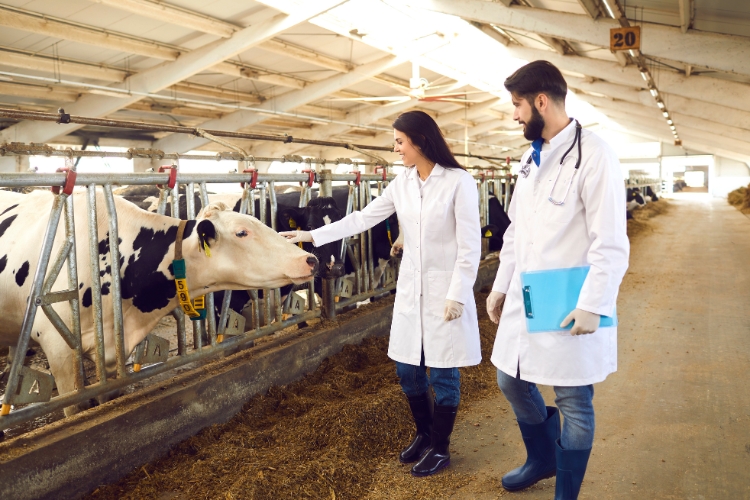
Tailor Your Approach to Your Unique Circumstances
There is no one-size-fits-all solution in dairy farming. Your operations should be tailored to your specific circumstances, including your geographic location, available resources, and target market.
Prioritize Your Role as a Skilled Manager
Successful dairy farming requires a unique combination of technical expertise and managerial acumen. As the farm owner or operator, you must develop diverse skills to lead your operation to success.
1. Cultivate Strong Leadership and Decision-Making Abilities
Develop your leadership skills to effectively guide your team, make informed decisions, and adapt to changing circumstances. Foster a collaborative work environment that encourages input and empowers your team members.
2. Implement Efficient Record-Keeping and Data Analysis
Maintain comprehensive records of your dairy farm’s operations, including animal health, production, and financial data. Regularly analyze this information to identify trends, optimize processes, and make data-driven decisions.
3. Seek Continuous Improvement and Learning
Stay committed to continuous learning and professional development. Attend industry conferences, participate in training programs, and network with other dairy farmers to expand your knowledge and stay ahead of the curve.
By following these steps and prioritizing the key elements of an affordable dairy farm setup, you can establish a thriving and sustainable operation that can withstand the industry’s challenges. Remember, dairy farming is a dynamic and rewarding endeavor that requires dedication, adaptability, and a commitment to continuous improvement.
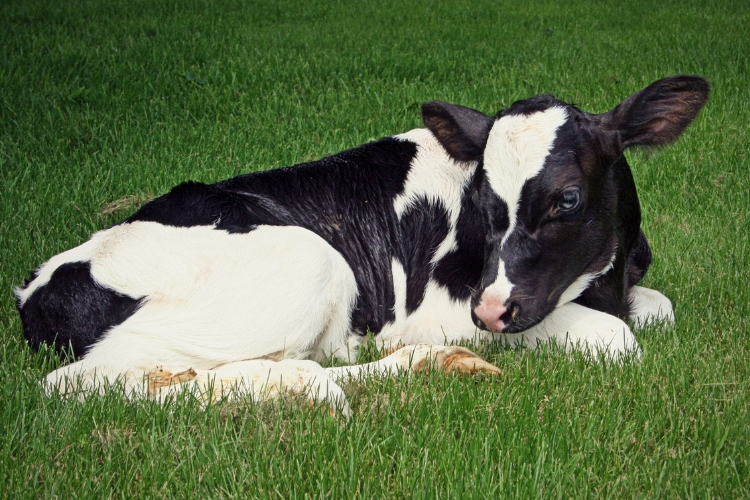
Additional Resources for Dairy Farmers
To further support your dairy farming journey, consider exploring the following resources:
| Resource | Description |
|---|---|
| Management Essentials for Dairy Success (MEDS) | A comprehensive training program that covers essential management skills for dairy farmers. |
| Milk Production Records for Management Control | Guidance on implementing effective milk production record-keeping systems. |
| Feeding Records for Management Control | Tools and strategies for managing feeding programs and optimizing feed utilization. |
| Using QuickBooks to Manage Your Farm Business | Instructor-led and self-paced courses on utilizing QuickBooks for dairy farm financial management. |
| Standard Operating Procedures for Dairy Farms | Templates and best practices for developing and implementing standard operating procedures. |
| Dairy Sense: More Sugar, Please | Insights on the role of sugar in dairy cow nutrition and its impact on production. |
| Standard Operating Procedures: Developing and Implementing | A comprehensive guide on creating and implementing effective standard operating procedures. |
| Risk Management Tools: Dairy Revenue Protection | Information on accessing and utilizing dairy revenue protection programs. |
| Milk Replacer Costs and Your Options | Guidance on evaluating and selecting cost-effective milk replacer options. |
Remember, your journey to establishing an affordable and successful dairy farm is an ongoing process. Stay connected with Penn State Extension and other industry resources to continue learning, growing, and adapting your operations for long-term success.
Conclusion: Embracing the Rewards of Affordable Dairy Farming
Creating an affordable and sustainable dairy farm requires careful planning, efficient management, and continuous learning. By optimizing operations, leveraging expertise, and tailoring practices to your farm’s needs, you can ensure financial stability while supporting animal welfare, community well-being, and environmental sustainability.
Take pride in your role as a dairy farmer, contributing high-quality products and preserving agricultural traditions. Lean on the support and knowledge of the farming community, and embrace innovation to adapt to evolving challenges.
Affordable dairy farming isn’t just about profits—it’s about building a thriving enterprise that enriches lives and creates a sustainable future. Every step forward strengthens your farm and secures its legacy.
FAQs
- What are the key considerations when developing a business plan for an affordable dairy farm?
Include a SWOT analysis, target market details, production goals, and financial projections. Perform market research and prepare a realistic budget for long-term success. - How can I consult industry experts and resources to support my affordable dairy farm setup?
Seek guidance from experienced farmers, agricultural organizations, and extension services. Attend workshops and use online forums and publications to stay updated on best practices and industry trends. - What strategies can I implement to optimize my cropping and feeding program for cost-effectiveness?
Evaluate herd nutrition, source quality feed, and adopt efficient waste management practices. Consider technologies like precision feeding and automated systems to reduce costs and improve efficiency. - How can I build financial stability and equity for my affordable dairy farm?
Expand your operations gradually, explore government subsidies and loans, and maintain sound financial practices like regular bookkeeping. Diversify income with value-added products or renewable energy initiatives for resilience.

